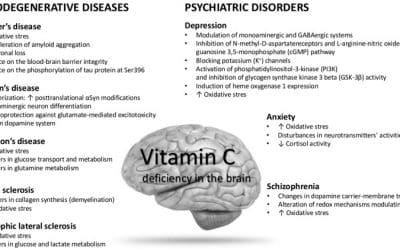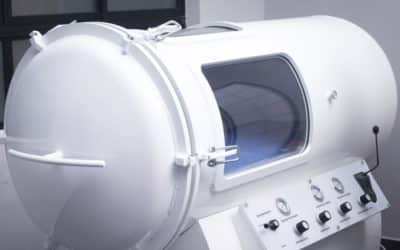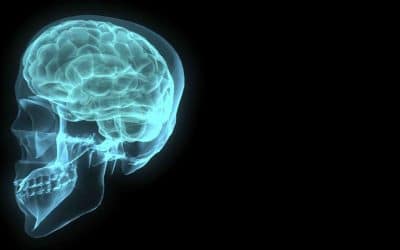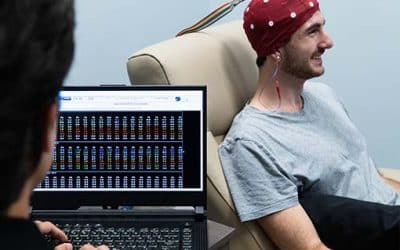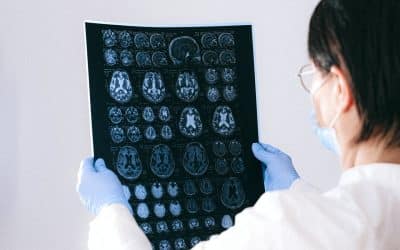With cautious optimism, Delaney Parker walked into the Stram Center back in December to start new treatments for multiple sclerosis (MS). “I didn’t have expectations, especially not what’s happening...
Multiple Sclerosis
Explore the latest research on the use of Hyperbaric Oxygen Therapy (HBOT) to treat Multiple Sclerosis. Extivita maintains an extensive publication database for Multiple Sclerosis and various other indications with therapies such as Hyperbaric Oxygen Therapy, Neurofeedback, Nutritional IV Therapy, Infrared Sauna, and Pulsed Electromagnetic Field Therapy. Explore our database on Acne and Hyperbaric Oxygen Therapy aka, HBOT, below.
For a complete list of indications treated at Extivita, explore the conditions we treat.
Rehabilitation for people with multiple sclerosis: an overview of Cochrane Reviews.
Multiple sclerosis (MS) is a major cause of chronic, neurological disability, with a significant long-term disability burden, often requiring comprehensive rehabilitation. To systematically evaluate evidence from published Cochrane Reviews of clinical trials to summarise the evidence regarding the effectiveness and safety of rehabilitation interventions for people with MS (pwMS), to improve patient outcomes, and to highlight current gaps in knowledge. We searched the Cochrane Database of Systematic Reviews up to December 2017, to identify Cochrane Reviews that assessed the effectiveness of organised rehabilitation interventions for pwMS. Two reviewers independently assessed the quality of included reviews, using the Revised Assessment of Multiple Systematic Reviews (R-AMSTAR) tool, and the quality of the evidence for reported outcomes, using the GRADE framework.
Preventive and therapeutic potential of ascorbic acid in neurodegenerative diseases
Abstract In this review, we summarize the involvement of ascorbic acid in neurodegenerative diseases by presenting available evidence on the behavioral and biochemical effects of this compound in animal models of neurodegeneration as well as the use of ascorbic acid...
Does Vitamin C Influence Neurodegenerative Diseases and Psychiatric Disorders?
Abstract Vitamin C (Vit C) is considered to be a vital antioxidant molecule in the brain. Intracellular Vit C helps maintain integrity and function of several processes in the central nervous system (CNS), including neuronal maturation and differentiation, myelin...
Manipulation of Oxygen and Endoplasmic Reticulum Stress Factors as Possible Interventions for Treatment of Multiple Sclerosis: Evidence for and Against.
Multiple sclerosis (MS) is normally considered a chronic inflammatory disease of the central nervous system (CNS), where T-cells breaching the blood brain barrier react against proteins of the axonal myelin sheaths, leading to focal plaques and demyelination in the brain and spinal cord. Many current therapies are immunosuppressive in nature and are designed to target the immune system at an early stage of the disease. But there is no cure and MS may evolve into a neurodegenerative disease, where immunomodulatory treatments appear less effective. Neurodegeneration is influenced by oxidative and endoplasmic reticulum (ER) mediated stress which can be induced independently of immune processes. Since 1970, MS patients have been self-managing their long term symptoms using hyperbaric oxygen and reporting improvement in their symptoms, especially bladder control.
Pressure sore management in a patient with complex problems.
A study of the use of hyperbaric oxygen on the pressure sores of a patient with multiple sclerosis and several other medical problems.
Brain perfusion imaging with voxel-based analysis in secondary progressive multiple sclerosis patients with a moderate to severe stage of disease: a boon for the workforce.
The present study was carried out to evaluate cerebral perfusion in multiple sclerosis (MS) patients with a moderate to severe stage of disease. Some patients underwent hyperbaric oxygen therapy (HBOT) and brain perfusion between before and after that was compared. We retrospectively reviewed 25 secondary progressive (SP)-MS patients from the hospital database. Neurological disability evaluated by Expanded Disability Status Scale Score (EDSS). Brain perfusion was performed by (99 m) Tc-labeled bicisate (ECD) brain SPECT and the data were compared using statistical parametric mapping (SPM). In total, 16 patients underwent HBOT. Before HBOT and at the end of 20 sessions of oxygen treatment, 99mTc-ECD brain perfusion single photon emission computed tomography (SPECT) was performed again then the results were evaluated and compared. Brain perfusion was performed by (99 m) Tc-labeled bicisate (ECD) brain SPECT and the data were compared using statistical parametric mapping (SPM). A total of 25 SP-MS patients, 14 females (56 %) and 11 males (44 %) with a mean age of 38.92 ± 11.28 years included in the study. The mean disease duration was 8.70 ± 5.30 years. Of the 25 patients, 2 (8 %) had a normal SPECT and 23 (92 %) had abnormal brain perfusion SPECT studies. The study showed a significant association between severity of perfusion impairment with disease duration and also with EDSS (P <0.05). There was a significant improvement in pre- and post-treatment perfusion scans (P <0.05)
Effect of neurofeedback training on depression and fatigue in patients with multiple sclerosis
Abstract Depression and fatigue are common symptoms of multiple sclerosis (MS) and are the primary determinants of impaired quality of life in this demyelinating neurological disease. Untreated depression is associated with suicidal ideation, impaired cognitive...
Observations on the brain vasculature in multiple sclerosis: A historical perspective.
To review the literature on vascular aspects of multiple sclerosis (MS) specifically pathological observations of the perivenular distribution of MS lesions and venous pathology in MS. Comprehensive literature search from 2012 back to 1839. One hundred and thirty two papers from 1839 to 2012 were included in this study. Multiple authors observed central venules in MS lesions as a feature of MS with the first specific mention by Rindfleisch in 1863. Recent high field strength MRI has reintroduced the perivenular distribution of MS lesions to a new generation, and has suggested that there is disease specificity to this distribution. In addition Putnam and others in the 1930s hypothesized that venous disease was causative for MS. Treatments based on these observations have included anticoagulation, hyperbaric oxygen therapy, and recently endovascular venous procedures.




